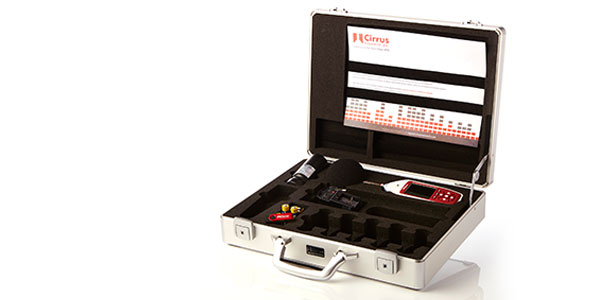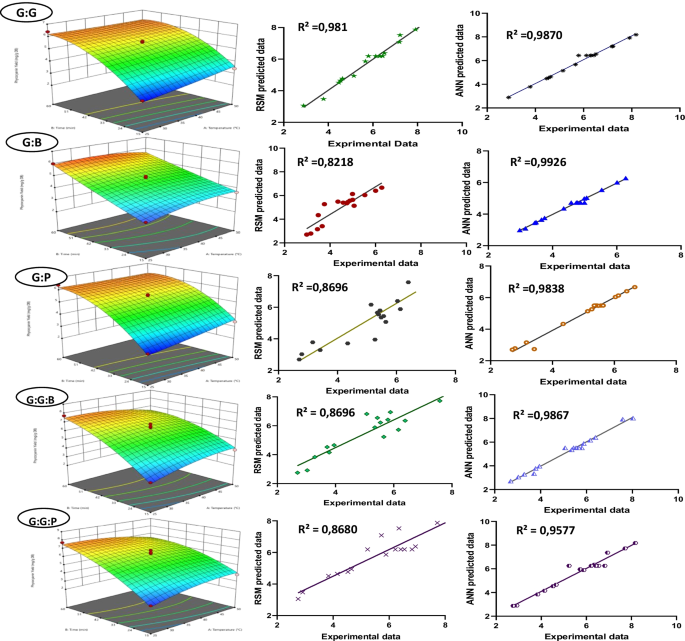
The compressibility of their gas core combined with its high acoustic impedance mismatch against surrounding blood plasma leads to a large scattering cross-section so that MBs provide a higher echogenicity than tissue interfaces 12– 14. Lipid and polymer-shelled microbubbles (MBs) have been used as contrast enhancing agents in ultrasound (US) imaging for over 30 years 11. Therefore, a hydrophobic drug delivery system with a controlled, externally activated, triggered release mechanism could offer a considerable advantage over existing technologies. However, such mechanisms often lead to unpredictable drug release profiles when applied in vivo 10. The release mechanisms of these systems can be either passive, for example, due to drug leakage from the carrier, or active, due to environmental-triggered release, for example, in response to local temperature or pH 8, 9. A number of hydrophobic drug encapsulation systems have been investigated previously, such as porous nanoparticles 1, 5, sub-micron oil emulsions 6, and micelles 7.

For example, drugs such as Combretastatin A4, a vascular disrupting agent proposed for the treatment of colorectal cancer, have proven difficult to deliver effectively due to their hydrophobicity 3, while drugs such as the anti-cancer agent Decitabine, a DNA methyltransferase inhibitor, have been shown to undergo rapid decomposition in water to inactive products 4. Thus, while many of these drugs have shown good results in vitro their efficacy is reduced in vivo and in some cases have been show to increase toxicity toward healthy tissue 2. 1, 2 Many drugs also show poor stability in water. It has been estimated that up to 40% of all newly developed drugs have poor water solubility. The mechanism of oil layer inside microbubble assembly and stability were characterized using methods including contact angle measurements, quartz crystal microbalance with dissipation monitoring and fluorescence resonance energy transfer imaging. Oil layer inside microbubbles were produced with diameters of 2.4☐.3 μm (s.d., 1.6 μm) and at concentrations up to 10 6 bubbles per milliliter. This new method utilizes highly controllable flow-focusing microfluidics with lipid oil nanodroplets self-assembling and spreading at gas–aqueous interfaces.

This study presents a new method to produce microbubbles coated with an oil layer capable of encapsulating hydrophobic drugs and suitable for targeted, triggered drug release. However, many new therapeutics exhibit poor water solubility or stability, which has led to the requirement for the development of effective hydrophobic drug delivery systems. Lipid and polymer stabilized microbubbles are used in medicine as contrast agents for ultrasound imaging and are being developed for the delivery of water soluble drugs to diseased areas of the body.


 0 kommentar(er)
0 kommentar(er)
